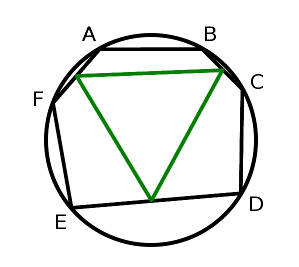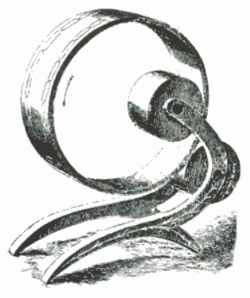
In 1964 Canadian writer Graeme Gibson bought a parrot in Mexico. The bird, which Gibson named Harold Wilson, was bright and affectionate at first, but he seemed to grow lonely in the dark Canadian winter, so in the spring Gibson made arrangements to donate him to the Toronto Zoo. At the aviary Gibson carried Harold into the cage that had been prepared for him, placed him on a perch, said his goodbyes, and turned to go.
“Then Harold did something that astonished me. For the very first time, and in exactly the voice my kids might have used, he called out ‘Daddy!’ When I turned to look at him he was leaning towards me expectantly. ‘Daddy’, he repeated.
“I don’t remember what I said to him. Something about him being happier there, that he’d soon make friends. The kind of things you say to kids when you abandon them at camp. But outside the aviary I could still hear him calling ‘Daddy! Daddy!’ as we walked away. I was shattered to discover that Harold knew my name, and that he did so because he’d identified himself with my children.
“I now believe he’d known it all along, but was using it — for the first time — out of desperation. Both Konrad Lorenz and Bernd Heinrich mention instances of birds calling out the private names of intimates when threatened by serious danger. I am no longer surprised by such information. We think of our captive birds as our pets, but perhaps we are theirs as well.”
(From Gibson’s Perpetual Motion, 1982.)






